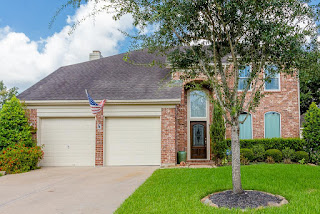Deductible Dilemma
The purpose of insurance is to shift the risk of loss to a company in exchange for a premium. Most policies have a deductible which reduces the amount of the claim that is paid by having the insured share in the first part of the loss.
In the process of managing insurance premiums, policy holders often consider higher deductibles to lower the premium. Lower deductibles mean less money out of pocket if a loss occurs but also results in higher premiums. Higher deductibles result in lower premiums but require that the insured bear a larger part of the loss.
A small fire in a $300,000 home that resulted in $2,500 of damage might not be covered if the policy holder has a 1% deductible. If the homeowner can afford to handle the cost of repairs in exchange for cheaper premiums, it might be worth it. On the other hand, if that loss would be difficult for the homeowner, a change in the deductible could be considered.
Homes in high-risk flood areas with mortgages from federally regulated or insured lenders require additional flood insurance. However, each homeowner needs to assess the risk of being able to financially sustain a flood loss on their home when flood insurance is not required. The recent events in south Texas and Louisiana are evidence that the unexpected can happen.
It is important to review your deductible and discuss risks with your property insurance agent so that you’re familiar with the amount and make any changes that would be appropriate before a claim is made. The FEMA website has information and frequently asked questions about flood insurance.
In the process of managing insurance premiums, policy holders often consider higher deductibles to lower the premium. Lower deductibles mean less money out of pocket if a loss occurs but also results in higher premiums. Higher deductibles result in lower premiums but require that the insured bear a larger part of the loss.
A small fire in a $300,000 home that resulted in $2,500 of damage might not be covered if the policy holder has a 1% deductible. If the homeowner can afford to handle the cost of repairs in exchange for cheaper premiums, it might be worth it. On the other hand, if that loss would be difficult for the homeowner, a change in the deductible could be considered.
Homes in high-risk flood areas with mortgages from federally regulated or insured lenders require additional flood insurance. However, each homeowner needs to assess the risk of being able to financially sustain a flood loss on their home when flood insurance is not required. The recent events in south Texas and Louisiana are evidence that the unexpected can happen.
It is important to review your deductible and discuss risks with your property insurance agent so that you’re familiar with the amount and make any changes that would be appropriate before a claim is made. The FEMA website has information and frequently asked questions about flood insurance.
DON BURNS TEAM- REAL ESTATE
as one of the TOP 500 Top Producing
Teams/Individuals in Texas
CDPE, CRS, ePRO®
http://www.har.com/donburns
don@donburns.com
(281) 491-6274
(281) 734-8715

Comments
Post a Comment